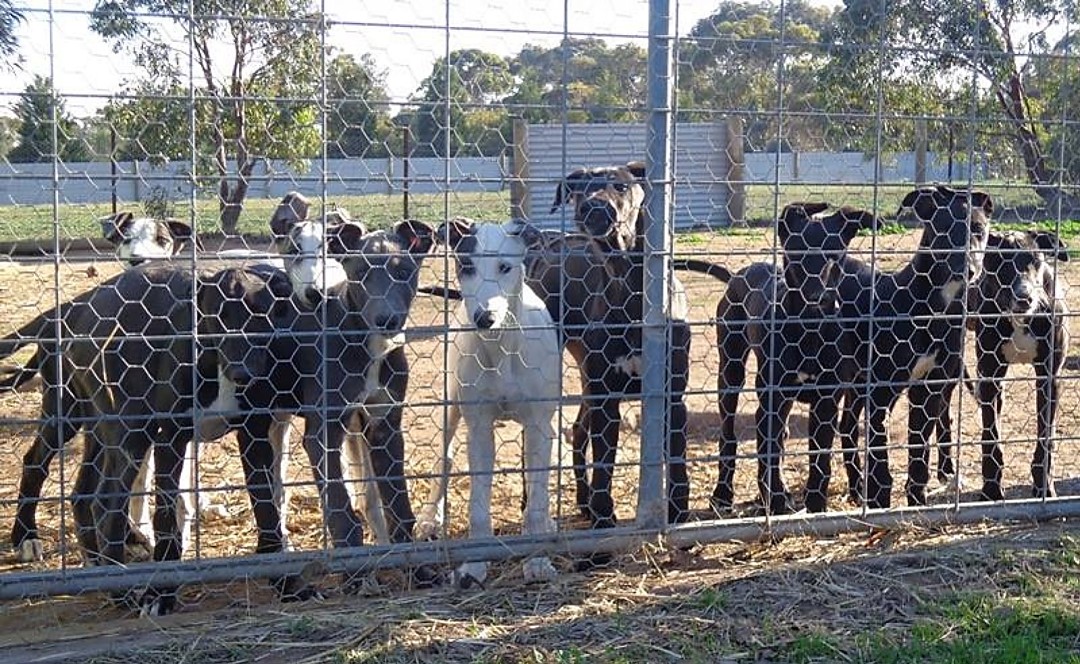by Warren Young, Coalition for the Protection of Greyhounds
As an Associate Professor in Exercise Sport & Science, Warren has a special interest in speed and agility training and assessment.
In countries with huge populations, human athletes are often pushed so hard physically and mentally that they might break down. Why would this be allowed to happen? Simply because only a few athletes need to survive these programs to achieve an impressive medal tally at the Olympics. It doesn’t matter if the majority of athletes don’t make it to the top because there are always new athletes coming through that can replace those that were broken.
In Australia, we don’t have such a brutal attitude to our athlete development. Partly because we don’t have the numbers of athletes to draw from, our total population is around 26 million. So our coaches are careful to provide a long term approach to athlete development, so that athletes have a chance to reach their potential.
Coaches require experience and evidence-based training methods to develop robust athletes that do not get injured easily. Our coaches try to build trust and rapport with their athletes to motivate them to stay in their sport so they can achieve their athletic goals. Coaches strive to retain their athletes by fostering a positive experience and keeping them free of injury.
The greyhound racing industry could learn a lot from how Australian coaches treat their athletes
The greyhound racing industry is known to breed dogs excessively in an attempt to build a large “athlete” pool in the hope that the next big champion racer will emerge.
They claim that these large numbers are needed to make the industry sustainable. This is the same attitude as the countries that have massive populations, where the dogs (and athletes) are seen as disposable, that can be easily replaced.

There was a major decrease in breeding by the greyhound racing industry between FY14/15 and FY16/17. This was due to public pressure over the live baiting exposé and inquiries into the “systemic animal cruelty” associated with the greyhound racing industry. However, breeding is now on the increase with 4,662 greyhounds bred in FY20/21, a 52% increase since 2016/17.
A CPG white paper shows that due to deliberate overbreeding, the number of puppies whelped each year is also six times the industry’s capacity to rehome.
If greyhound trainers developed their dogs with training methods that don’t cause injury and don’t instil fear and anxiety, they would have less dogs classified as “unsuitable for racing”. They could then easily do their job with much less wastage, and breeding numbers could be far less with fewer dogs unnecessarily killed.
We now need governing bodies to step in and limit the number of dogs bred for racing.
Read more from Warren Young here: Human sprint events vs greyhound racing
